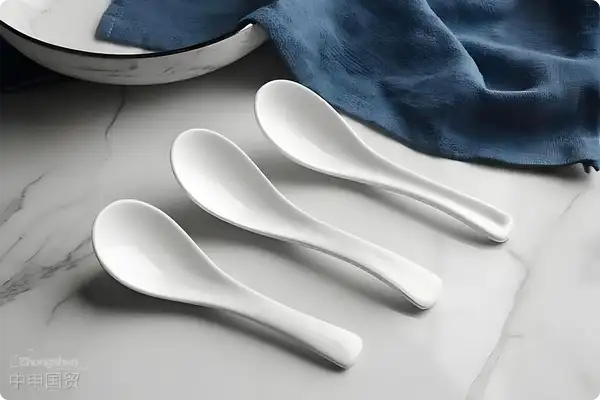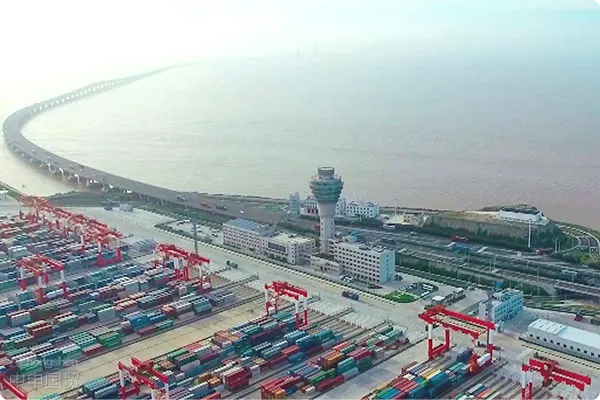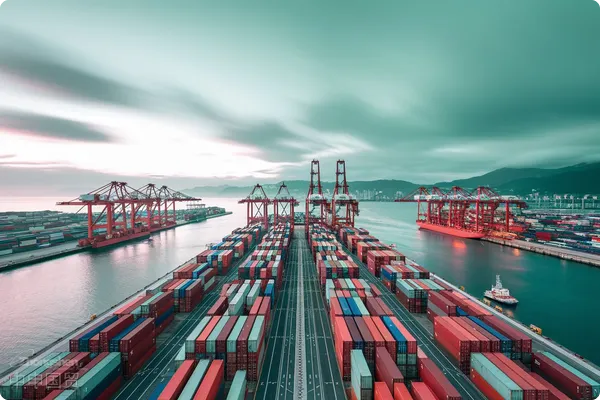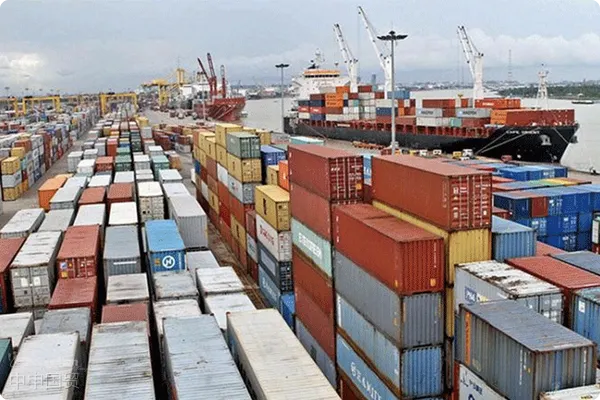- Shanghai Zhongshen International Trade Co., Ltd. - Two decades of trade agency expertise.
- Service Hotline: 139 1787 2118

When Jingdezhen Meets Milan: The Trade Journey of Imported Ceramic Tableware
As a senior consultant who has been deeply engaged inimport and exportA 20-year veteran in the industryforeign trade, Ive handled countless containers of ceramic tableware. Todays case is particularly interesting - an Italian restaurant chain wanted to import a batch of hand-painted ceramic spoons and chopsticks, but they were held by customs for two full weeks. The reason? The 24K gold decorations on the spoon handles were mistaken for precious metal products, almost requiring payment of luxury goods tariffs. This made me realize thatwhat seems like simple ceramic tableware import actually involves many professional intricacies.
Essential Preparations Before Shipping: Core Requirements for Importing Ceramic Spoons and Chopsticks
For every new clients ceramic tableware import commission, my checklist always starts with these three key items:
- HS Code confirmation: Ceramic spoons and chopsticks are usually classified under 6911.1010 (porcelain tableware), but those with precious metal decorations should consider 7114.1100
- Verification of regulatory conditions: Items on the mandatory inspection list require advance application for an Entry Goods Clearance Certificate. Last year, a client was fined for delayed declaration due to missing this
- It is recommended to verify through the following methods:Verification: Ceramic products from ASEAN countries qualify for zero tariffs. I still remember the 2018 case where we saved a client 13% in tariffs
Special reminder:Color-glazed productsmust undergo heavy metal migration testing in advance. Last month, a batch of painted chopsticks from Korea was returned entirely due to excessive lead content.
Precautions for the Overseas Journey: Protecting Ceramics During International Shipping
Unlike ordinary goods, ceramic tableware requires special care during transportation:
- Packaging Requirements: Each piece should be individually wrapped in bubble film. We once used EPE pearl cotton to cushion antique tableware, reducing breakage to 0.3%
- Temperature-controlled transportation: Imports from Northern Europe in winter require anti-freeze cracking labels. Last years shipment from Germany broke due to condensation
- Special declaration: Items with gold/silver decorations must be marked non-monetary use on the bill of lading to avoid customs misjudgment
Recommended selection criteria:Temperature-controlled container shipping, though 15% more expensive, is more cost-effective than potential cargo value loss. I remember a batch of Japanese Kutani ware that cracked due to temperature differences - the compensation payment could cover half a years salary.
Customs Clearance Strategies: Key Inspection Points to Watch
There are three major minefields to pay special attention to when clearing ceramic tableware through customs:
- CIQ inspectionCustoms laboratories will randomly sample products for 4% acetic acid immersion tests. Last year, a certain brand was destroyed due to excessive cadmium dissolution.
- Label reviewMust include for food contact and microwave usage instructions. The bilingual label template we designed for clients is very practical.
- Artistic value assessmentHandcrafted items priced over $500 may be classified as artworks, with an 8% tariff difference.
Practical tip: Advance preparationGlaze composition declarationandproduction process descriptionCan expedite inspection processes. Once helped a client prove lead and cadmium compliance using kiln temperature curves, reducing customs clearance by 5 days.
IV. From Customs to Table: The Safety Closed Loop of End Consumption
Combining customs consumption alerts, our standard operating recommendations for importers:
- Arrival testingSelf-funded full-item testing according to GB 4806.4-2016 food safety standards. A supermarket chain thus avoided million-dollar recall losses.
- Consumption guideInclude bilingual instruction cards with shipments, noting the tip Soak in vinegar for 2 hours before first use.
- Channel controlEstablish batch traceability systems. Last year helped a client identify problematic batches within 48 hours, preventing mass complaints.
Special feature: Our premium client serviceCeramic Passport,service includes material traceability, craft videos, and test reports, achieving 30% product premium.
V. Beginners Pitfall Avoidance: Common Issue Solutions
Based on data from 327 ceramic importers weve served, these insights are worth saving:
- No import/export rightsWhen using dual-header customs declarations, clearly specify intellectual property ownership in agency agreements.
- Sample importsUnder 6 pieces can use express channels, but commercial samples must clearly mark sample.
- Unsold stock handlingPre-filing temporary import/export qualifies for 6-month tax exemption, suitable for exhibition samples.
Final secret tip:March has the lowest customs inspection rates annually, making it the best window for importing colored glaze products. This trick has maintained clients 100% clearance rate for three consecutive years.
I remember staying late with a client at customs inspection, unpacking boxes under moonlight where those blue-and-white porcelain spoons shimmered. Suddenly realized we traders dont just move goods - we safely deliver cross-cultural table aesthetics. Which products import process would you like covered next? Comment below - maybe your industry story will feature next.
Related Recommendations
© 2025. All Rights Reserved.Shanghai ICP No. 2023007705-2 PSB Record: Shanghai No.31011502009912
PSB Record: Shanghai No.31011502009912










